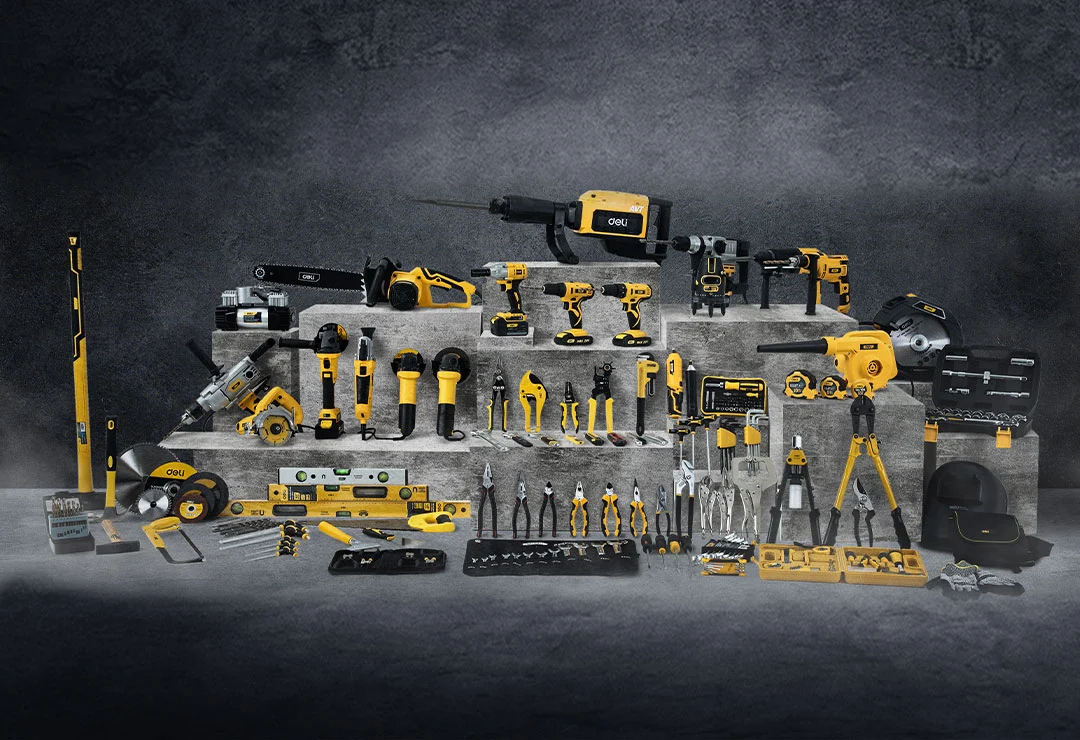Ratchets are invaluable tools in both professional and DIY settings, offering the ability to tighten or loosen bolts and nuts with precision and ease. However, like all tools, ratchets require proper use and understanding to ensure safety and prevent injury or damage to the tool itself. In this article, we'll explore essential tips for using ratchets safely, ensuring that your projects proceed smoothly and without incident.
Understanding Ratchet Mechanics
To use a ratchet safely from the China power tools factory, one must first understand its mechanics. A ratchet consists of a handle, a drive socket, and a mechanism that allows the tool to tighten or loosen without removing and repositioning after each turn. This mechanism includes a pawl that engages with a gear, allowing movement in one direction while preventing it in the opposite direction. Familiarizing yourself with these components can significantly reduce the risk of misuse and extend the lifespan of your ratchet.
Additionally, selecting the correct size and type of ratchet for your task is crucial. Using a ratchet that is too large or too small for the bolt or nut you're working on can result in stripped threads or damaged tools. Always ensure that the drive size of the ratchet matches the socket you're using.
Maintaining Your Ratchet
Proper maintenance of your ratchet wrench is key to its longevity and safe operation. Regularly cleaning your ratchet to remove dirt, grease, and debris can prevent malfunctions and wear. It's also essential to lubricate the moving parts of your ratchet periodically to keep the mechanism smooth and reduce the effort required to use it. This not only makes your ratchet safer but also more efficient.
Inspecting your ratchet before each use is another critical safety step. Check for signs of wear or damage, such as cracks in the handle or issues with the socket engagement. If any parts are worn or damaged, replace them before proceeding with your work.
Safe Operation Techniques
When using a ratchet from the leading wrench manufacturer, always ensure you're applying force in the correct direction. Applying force in the wrong direction can damage the mechanism or cause the tool to slip, potentially leading to injury. Additionally, avoid using excessive force or extension bars unless absolutely necessary, as this can over-torque and break bolts or nuts, or even damage the ratchet itself.
Wearing appropriate personal protective equipment (PPE) is also advisable when using ratchets. Safety glasses can protect your eyes from flying debris, while gloves can improve grip and protect your hands. Always work in a well-lit area to clearly see what you're doing, further reducing the risk of accidents.
Avoiding Common Mistakes
One common mistake when using ratchets is over-tightening. This can strip threads or break bolts, leading to significant safety issues depending on the application. Use a torque wrench in conjunction with your ratchet when specific torque settings are required, ensuring you apply the correct amount of force without overdoing it.
Another mistake is using a ratchet as a hammer or pry bar. Ratchets are designed for specific tasks, and using them for purposes they weren't designed for can result in damage to the tool or injury. Always use the right tool for the job to ensure safety and efficiency.
In conclusion, Deli Tools Global ratchets are powerful tools that can make work easier when used correctly. By understanding how they work, maintaining them properly, employing safe operation techniques, and avoiding common mistakes, you can ensure your projects proceed smoothly and safely. Remember that taking care of your tools and using them as intended is not only a matter of efficiency but also of safety.






 EN
EN
 jp
jp  ko
ko  fr
fr  de
de  es
es  it
it  ru
ru  pt
pt  ar
ar  vi
vi  th
th  hi
hi  pl
pl  id
id  el
el 





